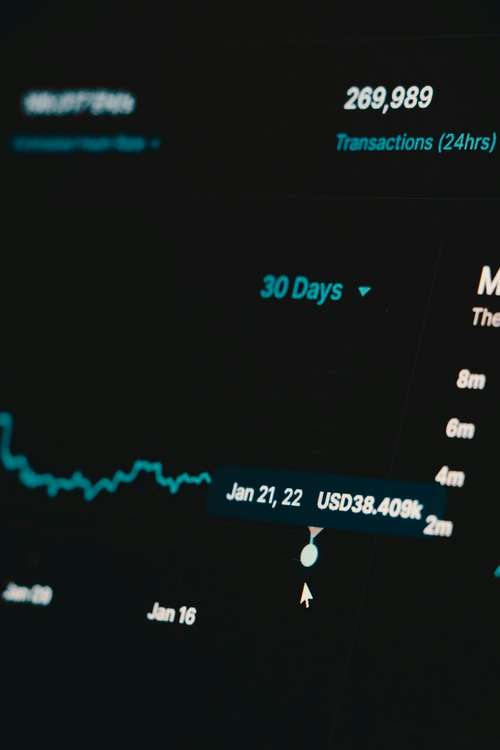Rari's Head of Strategy shares critical possibilities for the NFT market ahead of a new season — will the NFT market ever reach another all-time high?

In 2021 the nonfungible token (NFT) market experienced an exceptional surge, only to encounter challenges in 2022.
The subsequent decline in floor prices, particularly in digital art-focused projects, led to speculations regarding the demise of NFTs.
Although sales volumes have resumed an upward trajectory in the later months of 2023, they haven't reached the previous hype's heights.
Regardless of the market's fluctuations, the technology underlying nonfungible tokens remains pertinent, providing builders with an opportunity to develop innovative products and platforms without the pressures of a bull market.
Conversations with Jana Bertram, Head of Strategy at the RARI Foundation
On Episode 26 of The Agenda podcast, Jana Bertram, the head of strategy at the RARI Foundation, engaged in a revealing discussion with hosts Jonathan DeYoung and Ray Salmond.
The conversation revolved around the distinctiveness of Rarible, sustainability within the NFT market, the future prospects of nonfungible tokens, exciting use cases, and more.
Following the surge in NFT popularity, the technology faced significant scrutiny from mainstream audiences and even factions within the crypto community.
Many regarded NFTs as speculative assets, detrimental to the environment, and wasteful expenditures. Furthermore, NFTs were predominantly associated with digital art in the mainstream narrative.
Jana Bertram acknowledged these concerns by emphasizing that criticism often stems from previous experiences with any subject matter.
However, she emphasized the importance of rebranding and embracing multiple iterations in defining the true essence of NFTs.
Bertram expressed her positive view of NFTs, mainly when catering to a Web3 audience. She envisioned a world where the significance of NFTs diminishes and they become mere membership IDs.
“I’m personally okay with NFTs, especially when you’re talking to a Web3 audience,” she said.
In this future scenario, NFTs become nothing more than numbers in the backend for end-users.
“But imagine a world in which it doesn’t actually matter that it’s an NFT. You know, maybe it’s just your membership ID, and who cares that it’s an NFT on the back end, and that’s how it actually functions right? To the end-user, that doesn’t mean anything,” Bertram added.
Bridging the Gap Between Physical and Digital
While NFTs are most famously associated with digital art, one common critique revolves around why anyone would pay for an NFT when they can download the JPG.
Simultaneously, some individuals immensely value the tangible experience of owning physical artwork.
Bertram highlights the importance of bridging the gap between the physical and digital realms, offering collectors the advantages of both.
She cites an example where she and her husband, avid enthusiasts of British artist Matthew Stone, own his NFTs, accompanied by corresponding physical paintings that adorn their walls.
"Every time we purchase the NFTs, the painting arrives as well, right? And we have that hanging on the wall. So yeah, there are like different ways to make the NFT tangible.”
NFTs have garnered widespread attention due to their rise in recent years. These unique pieces of artwork, purchasable on the blockchain, became digital assets, generating substantial fortunes for their creators.
However, the NFT market experienced a significant downturn in 2023, with many major NFT collections losing huge numbers of their valuation.
The year 2021 marked the rise of NFTs, which became a cultural phenomenon and even appeared in Super Bowl ads, White House speeches, and Saturday Night Live sketches.
In fact, a pair of Nike sneakers' NFTs were sold for an incredible $130,000, surpassing the actual value of the sneakers themselves.
As a result of this success, NFT artists quickly partnered with major retailers such as Walmart, Hello Kitty, and luxury brand Louis Vuitton to create NFT-inspired merchandise, further demonstrating the impact of the market. However, recently there has been a decline in the NFT market.


